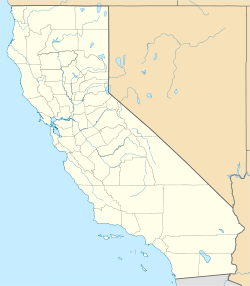| Ojo del Sol | |
|---|---|
| Alternative names |
|
| Etymology | Ojo del Sol is Spanish for Eye of the Sun |
| General information | |
| Type | Single family dwelling |
| Architectural style | Biomimetic architecture |
| Address | 2747 Mathews Street, Berkeley, California |
| Country | USA |
| Coordinates | 37°51′22″N122°17′8″W / 37.85611°N 122.28556°W |
| Construction started | 1993 |
| Completed | 1995 |
| Cost | US$250,000 |
| Owner | Florence Tsui |
| Technical details | |
| Material |
|
| Floor area | 2,200 square feet (200 m2) |
| Design and construction | |
| Architect(s) | Eugene Tsui |
| Website | |
| http://www.tdrinc.com/tsuihs.html | |
Ojo del Sol, also called The Fish House by local residents, is a home designed in 1993 by architect Eugene Tssui. The building was constructed between 1994 and 1995 in a residential neighborhood of Berkeley California. The home's name "Ojo Del Sol", Spanish for "Eye of the Sun", originates from the fifteen foot diameter eye-like window that faces south. [1] According to the architect, the structure is based upon the world's most indestructible living creature, the tardigrade. [2]

